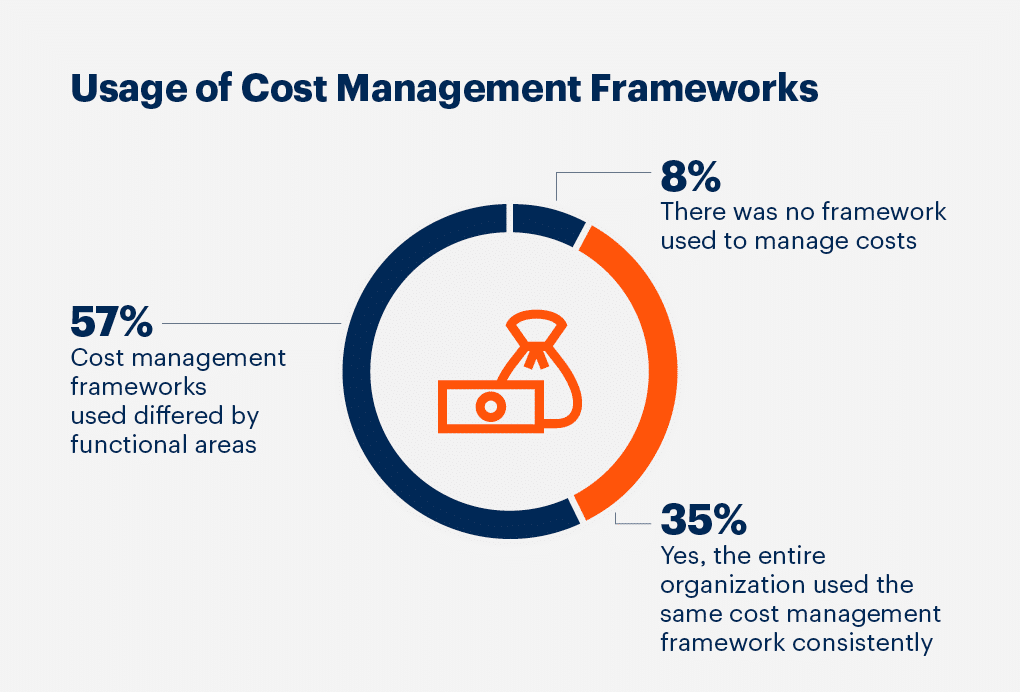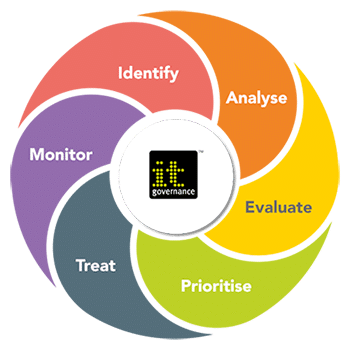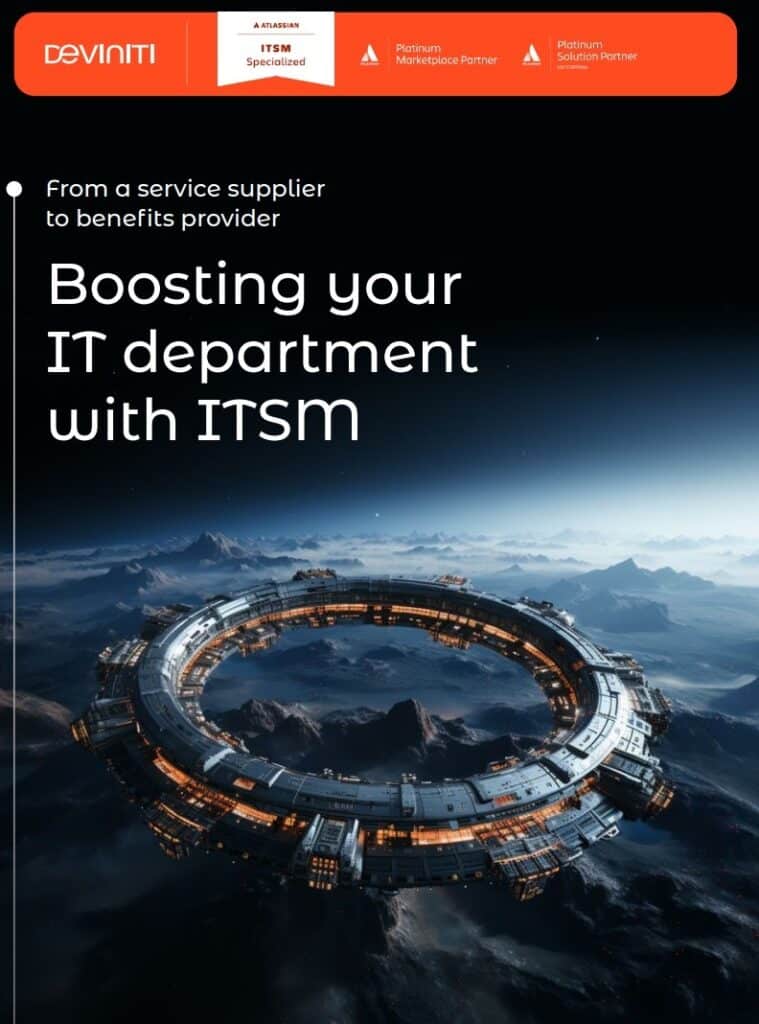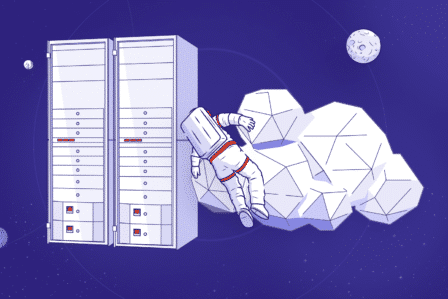ITSM as a Response to IT Department Challenges

The digital landscape makes IT departments a technology hub. It manages a mix of software and hardware solutions businesses need. While the pivotal role of the IT dept seems self-evident, it’s essential to recognize that it extends far beyond technological deployment. The core is navigating the challenges and adapting technology for strategic advantage.
However, some organizations still need to pay more attention to the importance of IT ventures that cause protracted challenges. To navigate them successfully and steer the ship toward prosperity, organizations lean towards IT Service Management (ITSM).
Let’s delve deeper into how ITSM can help businesses overcome common IT department challenges fortified by professional insights.

IT Department Productivity and Efficiency Amplification
Operational efficiency is the bedrock of profitability. Amplifying it along with effectiveness is a pivotal pursuit in the ever-evolving business landscape. Considering time as a precious commodity, organizations must harness their resources to the fullest.
A study by the International Data Corporation (IDC) revealed that companies investing in technology and IT can substantially increase productivity by 20-25%.
IT Service Management (ITSM) takes the stage as a potent catalyst, armed with tools and methodologies to charge these aspects.
Infused with automation and workflow optimization, ITSM leads to a streamlined and efficient operational environment, driving productivity gains that directly impact the bottom line. What are those gains specifically?
- Streamlined Workflows: ITSM dissects processes and automates tasks for value-driven work.
- Collaborative Tools: ITSM fosters seamless teamwork and innovation.
- Swift Issue Resolution: ITSM’s agility reduces downtime and boosts satisfaction.
- Enhanced Productivity Metrics: It’s about data-driven decisions and perpetual improvement, achieving more with less.
Your productivity metrics are your early warning system. They tell you if you’re on track or on your way to a crash.
— R. Golemanova, Hubstaff.com.
Need a head start?
Jump to our free IT Service Management (ITSM) e-book and discover all the benefits and practical applications!
IT Department Strategic Cost Optimization
In an era where fiscal prudence is paramount, judicious IT management can lead to substantial cost savings. McKinsey & Company’s research underscores this, indicating that businesses adopting digital technologies and IT solutions can reduce costs by an impressive 20-30%.
ITSM, as a conduit for strategic cost optimization, introduces solutions like cloud computing, virtualization, and automation, which curtail the need for physical infrastructure, reduce energy consumption, and enhance resource allocation, culminating in substantial cost savings over time.
- Optimized Resource Allocation: The approach leads to expertly managed resources where they matter most, curbing unnecessary expenditure.
- Efficient Infrastructure: The idea is to reshape the need for sprawling physical infrastructure via cloud computing, virtualization, and automation, reducing energy and capital costs.
- Operational Streamlining: Architecting productive workflows by removing redundancies and automating tasks, trimming operational fat and costs.
- Vendor Management: Scrutinizing vendor agreements for cost-effective options and maximizing investments.

———————————————————————————————————————-
An example effect:
A mid-sized enterprise adopts ITSM, reducing data center needs, slashing energy and maintenance costs, and automating tasks to cut labor costs, all boosting profitability.
———————————————————————————————————————-
So, ITSM empowers organizations to harness technology trends such as artificial intelligence, big data analytics, and the Internet of Things (IoT) to refine operations, glean actionable insights, and make data-driven decisions. That, in turn, translates into superior products, services, and customer experiences.
When buyers are concerned with getting the most for their money, it’s easy to confuse a long list of features with values.
— A. McQueen, Klue.
Safeguarding Data and Regulatory Compliance
The specter of data breaches and cyber-attacks looms large, posing severe financial and reputational risks to organizations. IBM’s research indicates that the average cost of a data breach is a staggering $4.24 million.
That is one reason ITSM is the sentinel guarding sensitive data, enforcing robust security measures, monitoring systems for vulnerabilities, and ensuring compliance with stringent data protection regulations. This proactive approach helps mitigate data breaches’ potential financial and legal repercussions. Let’s mention:
- Robust Security: ITSM implements strong security measures, monitors for vulnerabilities, and ensures compliance with data protection laws.
- Data Breach Response: ITSM’s swift response to breaches minimizes financial and legal fallout.
A survey by Forrester found that the average cost of an IT service outage is $5,600 per minute.
— Rezolve.ai.
- Regulatory Compliance: The described approach ensures the organization follows data protection regulations, avoiding hefty fines.
The average expenditure on regulatory expenses in U.S. companies reaches $10,000 per employee.
— Ten Thousand Commandments, cei.org.
———————————————————————————————————————-
A simple scenario:
A healthcare institution uses ITSM to safeguard patient data and comply with HIPAA, protecting data and reputation.
———————————————————————————————————————-
Elevating Customer Experiences
In an era where customer experience reigns supreme, IT departments play a pivotal role. Salesforce underscores this, with 84% of customers considering a company’s technological proficiency as crucial as its products or services.
ITSM equips organizations with the tools to enhance customer experiences, including customer relationship management (CRM) systems and personalized marketing solutions, which foster improved engagement, responsiveness, and customer satisfaction. Those include:
- CRM Excellence: fueling precise customer relationship management, ensuring tailored interactions and lasting connections.
- Rapid Support: enabling quick issue resolution, boosting customer satisfaction.
- Personalized Marketing: powering targeted marketing, delivering relevant content and offers.
- Enhanced Engagement: fostering higher customer engagement by being responsive and continually improving services.
———————————————————————————————————————-
An example outcome:
An e-commerce business uses ITSM for tailored product recommendations, fast issue resolution, and personalized marketing, enhancing customer satisfaction and loyalty.
———————————————————————————————————————-
Fostering Innovation and Adaptability in the IT Department
Innovation is the lifeblood of sustained success, and IT departments are the innovation hubs within organizations. A survey by PwC reveals that 78% of CEOs believe technology will transform their industries in the next five years.
Introducing ITSM empowers departments to lead digital change initiatives, explore emerging technologies, and promote organizational agility. This agility enables enterprises to respond to market shifts swiftly, meet evolving customer demands, and seize emerging business opportunities. What does it mean in practice?
- Digital Transformation: ITSM procedures lead digital changes, keeping organizations ahead in technology trends.
- Market Agility: Proper management of IT services ensures quick responses to market shifts, integrating emerging tech for a competitive edge.
- Process Efficiency: ITSM provides tools for streamlining operations and fostering innovation by eliminating bottlenecks.
- Collaboration: IT Service Management encourages cross-functional collaboration and knowledge sharing, driving innovation.

———————————————————————————————————————-
The bigger picture:A tech company adopting ITSM integrates new tech rapidly, collaborates efficiently, and responds swiftly to customer feedback, staying competitive and innovative.
———————————————————————————————————————-
Ensuring Business Continuity and Disaster Recovery
Unforeseen disruptions, hardware failures, natural disasters, or cyber incidents can paralyze business operations. The IT department, fortified by ITSM practices, takes center stage here.
By implementing robust disaster recovery plans and backup solutions, ITSM minimizes the potential impact of disruptions, ensuring critical systems and data can be swiftly restored. This proactive approach is vital for safeguarding business continuity and minimizing downtime.
- Disaster Preparedness: ITSM isn’t just about managing technology; it’s about preparing for the worst. It involves creating and testing disaster recovery plans, ensuring that critical systems and data can be swiftly restored in the face of hardware failures, natural disasters, or cyber incidents.
- Minimizing Downtime: Downtime is the enemy of productivity and profitability. ITSM’s meticulous planning and testing reduce the potential impact of disruptions, enabling the organization to recover swiftly and resume normal operations.
- Resource Efficiency: In times of crisis, resources are precious. ITSM ensures efficient resource allocation, preventing unnecessary expenditure while maintaining essential services.
- Risk Mitigation: Every business faces risks. ITSM identifies and assesses these risks, creating strategies to mitigate their impact. It’s a safety net in turbulent times.

———————————————————————————————————————-
Scenario to consider:
Imagine a financial institution employing ITSM. A cyberattack threatens to disrupt operations. ITSM’s disaster recovery plan quickly restores critical systems, ensuring customers can access their accounts without interruption. This swift response prevents financial losses and maintains the institution’s reputation.
———————————————————————————————————————-
Strategic Alignment and Informed Decision-Making
Successful businesses are driven by strategy, and the IT department’s role is to align technology strategies with the overarching organizational goals. By offering insights into emerging trends, evaluating technology vendors, and recommending strategic IT investments, ITSM ensures that technology initiatives are purposeful. This alignment facilitates innovation, operational efficiency, and the achievement of strategic objectives.
- Strategic Technology Alignment: ITSM bridges the gap between IT and business objectives. It collaborates closely with management to align technology strategies with the company’s overall goals. It’s not just about tech for tech’s sake but about tech serving a strategic purpose.
- Vendor and Investment Insights: ITSM provides insights into emerging tech trends, evaluates technology vendors, and recommends IT investments. It serves as a consultant helping to make informed decisions about where to allocate resources.
- Tailored Solutions: By understanding the company’s unique needs and challenges, the IT team can deliver tailored solutions that drive innovation, enhance operational efficiency, and support achieving strategic goals.
———————————————————————————————————————-
A practical example:
Let’s imagine a financial institution embracing ITSM. They’re eyeing expansion into online banking. ITSM identifies the best technology platforms and outlines the strategic roadmap. This alignment ensures that every tech investment serves the grand plan of becoming an online banking leader.
———————————————————————————————————————-

Conclusion
In a short conclusion, businesses that do not pay more attention to the strategic potential of their IT departments do so at their peril in the digital area. Organizations must pair their IT investments with robust ITSM practices to overcome their multifaceted challenges.
Such a strategic synergy, complemented by governance, agile project management, and performance metrics, forms the bedrock of successful IT departments.
By embracing ITSM, organizations can harness the full value of their IT resources and navigate the complex terrain of IT technologies confidently and competently.



